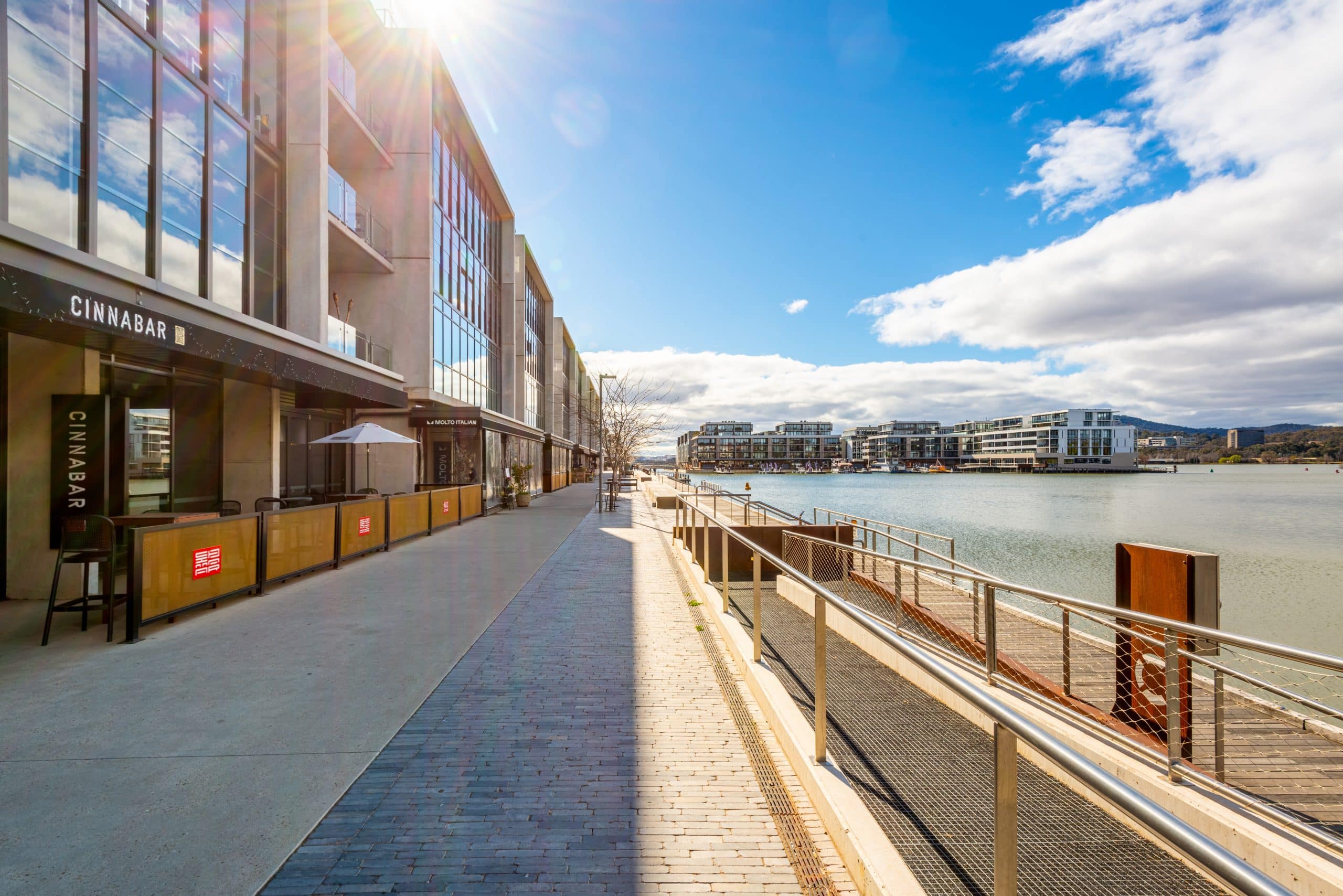A strata development is essentially a building (or group of buildings), within a defined property boundary, where individuals each own their own identifiable component (their ‘unit’, i.e. townhouse or apartment) within the development, and all share the ownership and responsibility for the remaining areas within the boundary of the property. This shared area is referred to as the development’s ‘common property’, and can include areas such as: driveways, basements, foyers, lawns, gardens, pools, gyms, etc.
Strata developments can range from dual-occupancy houses (i.e. two units) sharing a common residential block of land, through to entire precincts of several buildings (and several hundred units), comprising a mixed use of residential, commercial, retirement unit, hotel, and/or industrial activities.
What do I own in a strata development?
The answer to this question differs slightly depending on whether your development is identified as a:
- Class ‘A’ units plan (usually assigned to apartment developments); or,
- Class ‘B’ units plan (usually assigned to townhouse developments).
The classification of your development can be found by checking your registered units plan.
Class A units
Class A units are distinct from Class B units from an ownership perspective, in that they are limited in height, i.e. the boundary of each unit is determined to be the midway point of its floor, walls, and ceiling. A Class A unit holder therefore, does not have any ownership of the air space immediately above their unit, nor the ground beneath it. Hence this classification is generally given to apartment developments, where neighbours can exist above, below, and either side of a unit owner.
In Class A units, adjoining neighbours own 50% (i.e. up to the halfway point) of any shared wall/ceiling/floor space separating them from their neighbour/s. Whilst in the case of an external wall for example, the unit owner still owns up to the midway point of the wall, whilst the remaining half of the wall is deemed part of the common property of the owners corporation. Common property is shared ownership by all unit owners in proportion with their unit entitlements in the units plan.
Class B units
Class B units do not have the same height restrictions as imposed on Class A units, with their boundary generally only restricted by the length and width of the land on which their property sits – hence the general application to townhouse developments.
As such, Class B unit owners should be aware of their responsibility for areas on their property above their roof, and below the ground, such as: electrical, water, and sewerage infrastructure.
Class B developments still contain common property (e.g. common driveways) for which all unit holders share ownership in proportion to their unit entitlement in the units plan.



